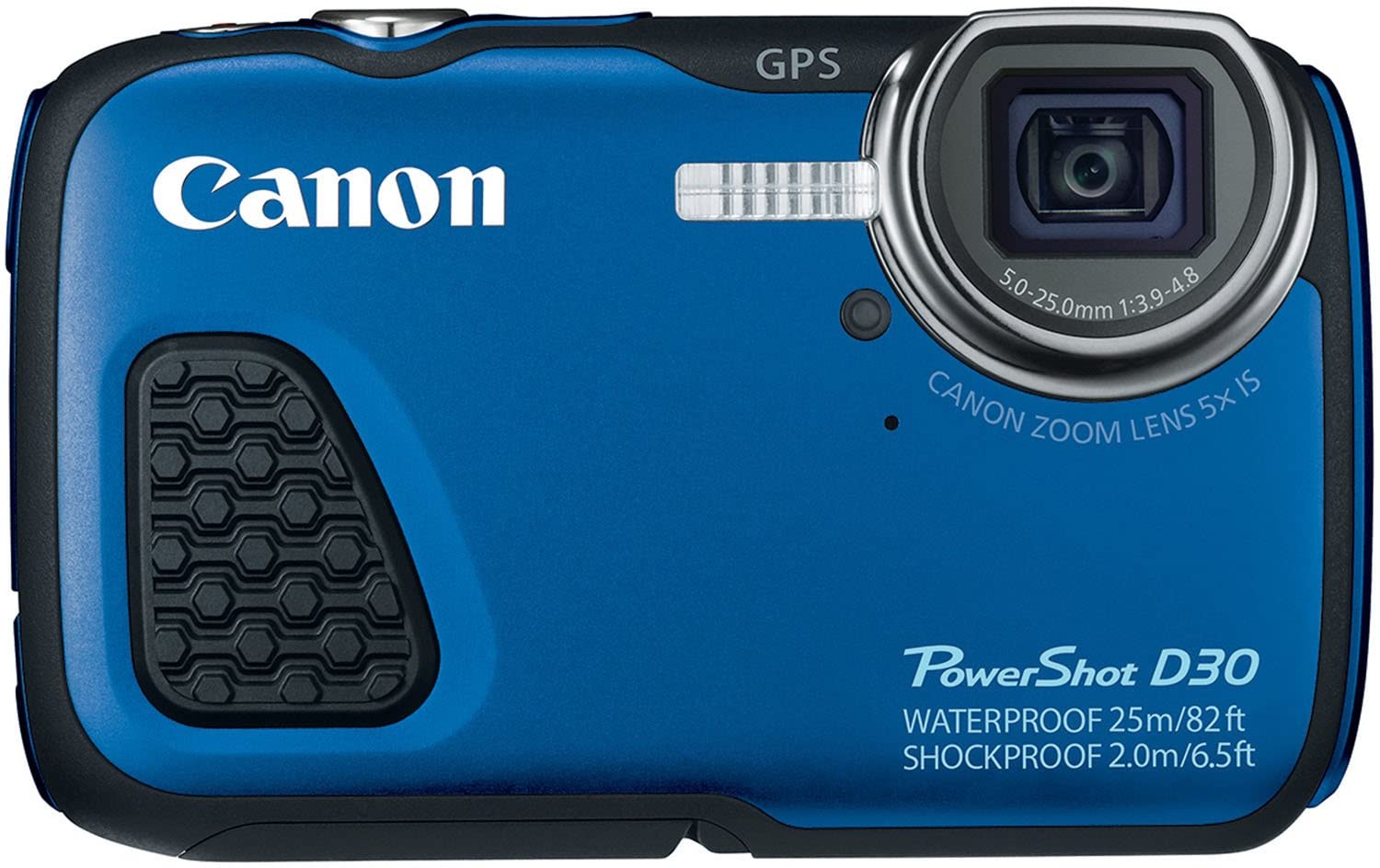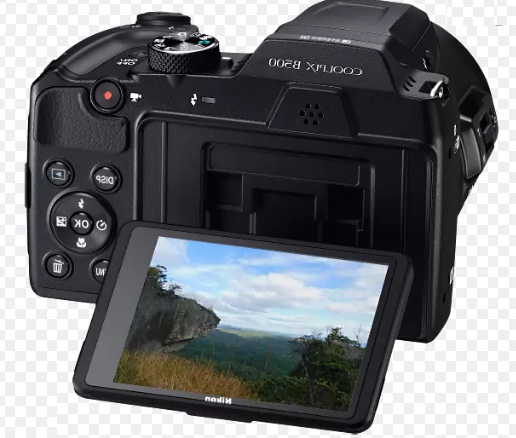Technology behind the EGG photo 360 Degree lens and 360 degree software.
This is the absolutely unique optical device was developed out of mastery of the catadioptric processes and opto-electronics.
This is compatible with most still and video digital cameras. It can be used easily by directly mounting on camera lens. It is different from Fisheye lens and panoramic lens.
This technology is entirely different from Fisheye lens and panoramic lens, The fisheye lens is a wide-angle lens that takes in an extremely wide, hemispherical image and it is originally developed for use in meteorology and astronomy. On the other hand EGG Photo 360 Degree lens is specifically designed to take 360 degree virtual tours in just one shot.
Egg photo 360 degree Technology:
The perfected a lens specific to 360° imaging virtual tour. This absolutely unique optical device was developed out of the mastery of the catadioptric processes (combining lens and reflectors) and opto-electronics (lens, reflectors, sensors and processors).
The device is compatible with most still and video digital cameras on the market and can be mounted directly on the camera lens.
This optical innovation is combined with software developed by EGG Solution. The combination makes it possible to take photographs or to shoot a movie at 360° in one shot, without editing.
An impressive result is obtained from an image in the form of a disk, which is processed by means of the virtual display software, which emerges in a form of a 360 panoramic image.
EGG Solution is developing in advanced .360° image capture technology as the demand for digital imaging and interactive imaging steadily increases.
EGG Solution is focusing on a core group of key verticals that have demonstrated strong interest in utilizing 360 optical imaging tools to create compelling content for the Internet, CD-ROMs, and DVDs.
EGG Solution company serves the Photography, Law Enforcement, Safety & Security industries with its EGG Video 360 Surveillance System; and the <b>Photography, Real Estate, Travel, E-Commerce, Entertainment, Sports, and Broadcasting sectors


